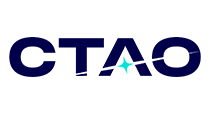CTA

CTA (Čerenkov Telescope Array) is the project for the future of the first observatory for very high-energy gamma-ray astronomy, in the range from a few tens of GeV to a few hundreds of TeV.
CTA will combine the efforts of the three main scientific communities working in this field (H.E.S.S., MAGIC and VERITAS) to build a new-generation device, with an order of magnitude gain in sensitivity in an energy range that has already proved so rich, and a broadening of the energy range towards both low and high energies, as well as major improvements in the energy and directional resolutions of gamma-ray detection.
CTA aims to be the first public observatory dedicated to the study of very high-energy gamma radiation. Its observation programme and the exploitation of its data will be open to the world scientific community. Researchers at LAPP are taking part in this research programme, and are particularly involved in the study of active galactic nuclei, Gamma-ray bursts and Lorentz invariance violation.
LAPP’s CTA group is heavily involved in the construction of CTA’s large telescopes, the LSTs (Large Size Telescopes), which are designed to capture lower-energy events and transient phenomena. The LAPP is therefore working on the detection of gamma-ray bursts, as well as on observations of the eruption of active galactic nuclei.

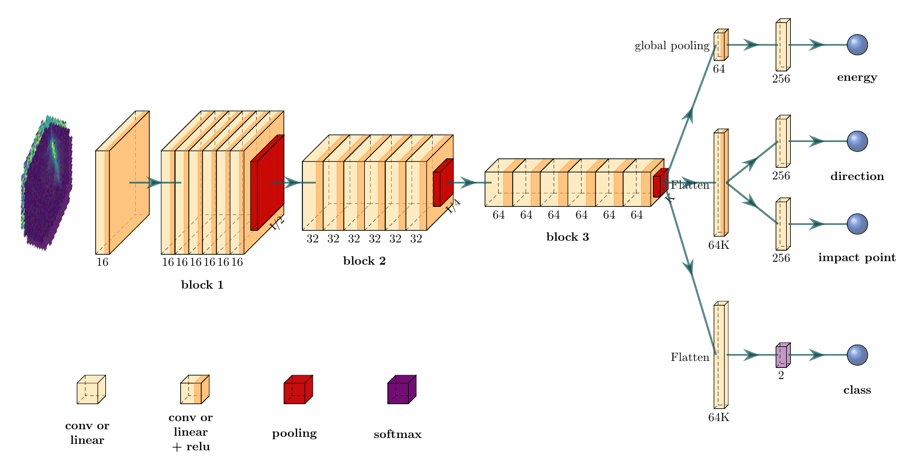
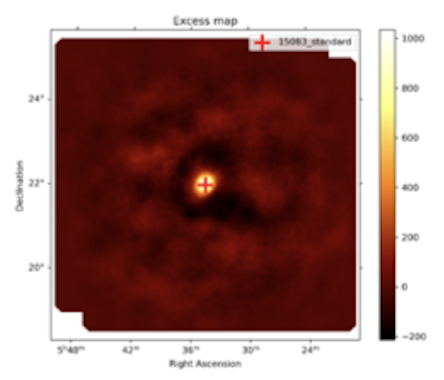
Activities in LAPP
The team is responsible for building the high mechanical structures of the telescope, the LST telescope arch and the interface with the camera, all in composite materials (i.e. carbon fibre structures), as well as the telescope motion system and the computer control and optimisation of communications between the software environment, the programmable logic controllers and the other on-board devices.
The LAPP also manages alert generation for rapid observations, as well as high-performance analysis projects or projects based on machine learning techniques, off-site computing and data archiving.
LAPP’s astroGamma group is involved in the scientific activities of LST-1 on three scientific themes:
- Gamma-ray bursts (GRBs) are among the most energetic phenomena in the universe. The light they emit covers the entire light spectrum, from radio waves to gamma rays and the visible spectrum. The group is involved in GRB observation proposals, data analysis and the optimisation of TeV detection.
- Active galactic nuclei are extragalactic objects that emit large amounts of gamma rays. The group is also working on analysing the data taken by LST-1 on certain objects and interpreting the results in a multi-wavelength context. As these sources are time-varying and may undergo flares (large increase in the flux emitted by the object), part of the work also involves reacting to data from other instruments such as Fermi-LAT in order to observe such events.
- Certain theoretical models in quantum gravity suggest an alteration in the speed of propagation of light at energies close to the Planck energy. This could result in a violation of Lorentz invariance (LIV), manifested by a time lag between the reception of photons of different energies from distant and variable astrophysical sources. To date, all the blazar data collected by the LST-1 telescope up to June 2023 have been reviewed. Of these, one source, BL Lac, shows significant variability, making it eligible for LIV analysis. Four periods of variability were detected, and two of them were merged to determine the energy at which LIV could potentially be detected.
Completed Phd thesis and Habilitations
- Mathieu De Bony de Lavergne – Phd’s defense – feb. 28, 2023 – Gamma-Ray Bursts observations with Cherenkov telescopes: H.E.S.S. legacy observations and optimisation of follow-up and detection with the Large-Sized Telescopes of CTA
- Mikaël Jacquemont – Phd’s defense – nov. 26, 2021 – Cherenkov image analysis with deep multi-task learning from single-telescope data
- Thomas Gasparetto – Phd’s defense – may 5, 2020 – Development of a computing farm with Cloud Computing on GPU
- Quentin Piel – Phd’s defense – July 5, 2019 – Commissioning of the first CTA large size telescope and study of transient gamma-ray sources
Collaboration
The Cherenkov Telescope Array (CTA) collaboration brings together a community of over 1000 researchers, engineers, and technicians from 200 institutions across more than 30 countries worldwide. This international and diverse collaboration unites experts from various disciplines working together to realize the ambitious Cherenkov Telescope Array (CTA) project.
Actualités
- All
- Science

On Thursday 3 July 2025, the Camera Support Structure (CSS) for the second Large-Sized Telescope (LST-2) was successfully installed on
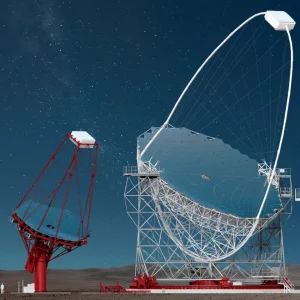
On Tuesday 7 January, the European Commission announced that it had granted CTAO the status of European Research Infrastructure Consortium (ERIC).
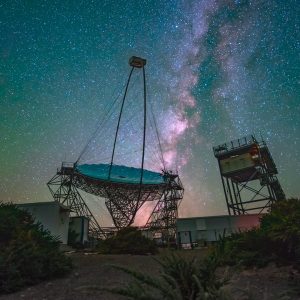
On 15 December, the Large-Sized Telescope (LST) Collaboration announced through an Astronomer’s Telegram (ATel) the detection of the source OP


